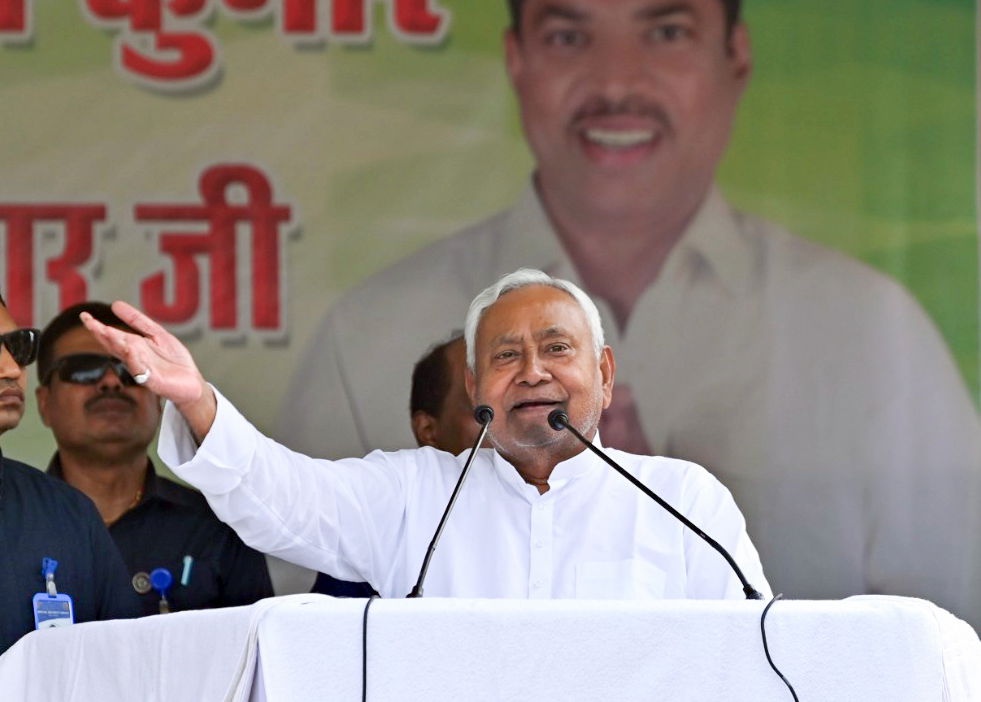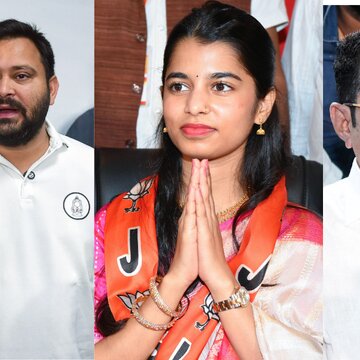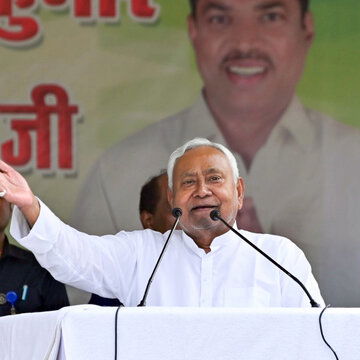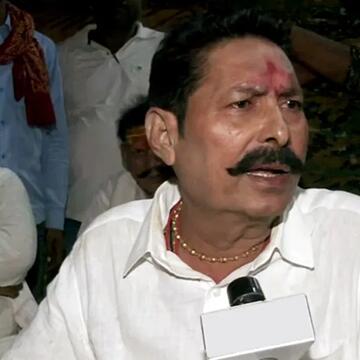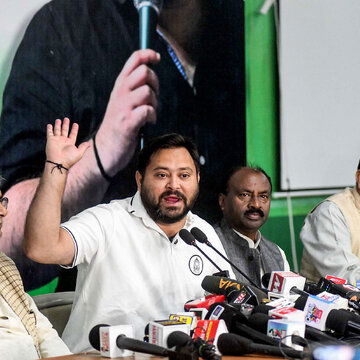As the results of the Bihar 2025 assembly elections begin to unfold, attention is firmly fixed on Nitish Kumar for obvious reasons- the state’s longest-serving chief minister and one of India’s most seasoned political leaders. Renowned for his political strategy and his skill in adapting to changing alliances, the JD(U) chief continues to stand at the heart of Bihar’s political landscape even after more than two decades in power.
Nitish Kumar entered active political life in 1985 with his first election to the Bihar State Assembly. Four years later, in 1989, he supported Lalu Prasad Yadav in securing the position of Leader of the Opposition, marking his early alignment with mainstream state politics.
ALSO READ | TMC and BJP lock horns on social media with Guinness factor; what's cooking ahead of Bihar poll results?
Formation of the Samata Party
In 1994, 14 MPs of Janata Dal broke away from the leadership of Lalu Prasad Yadav and rallied behind socialist leader George Fernandes. If Fernandes was the face, Nitish Kumar was the brain behind it. Later, the group came to be known as the Samta Party, marking the beginning of his independent political identity.
Alliance with the BJP and National Politics
In 1996, Nitish Kumar switched allegiance to the BJP. Between 1998 and 2004, he was a member of the NDA government headed by Prime Minister A.B. Vajpayee, holding important portfolios like Railways, Surface Transport, and Agriculture.
ALSO READ | Who is Dipankar Bhattacharya? The key campaigner behind the CPIM-L assembly election campaign
Nitish Kumar’s political journey has been defined by shifting alliances and key leadership moments that shaped Bihar’s governance over the past two decades.
1998 to 2004
He served in the NDA government under A.B. Vajpayee in various capacities as the Railway, Surface Transport and Agriculture Minister
2000
He became the Chief Minister of Bihar for the first time, with support from the BJP-led NDA. Resigned after seven days after having failed to prove a majority in the Assembly
2003
The Samata Party officially merged with the Janata Dal (United) on October 30, 2003. The merged entity started to use the arrow symbol of Janata Dal (United) and the green and white flag of the Samata Party.
2005
Mr. Nitish Kumar became the Bihar Chief Minister with the BJP as the coalition partner.
2010
NDA wins, and Mr. Kumar again became the Chief Minister.
2013
Broke alliance with the BJP when it was clear that Narendra Modi was the BJP’s prime ministerial candidate.
2015
Allies with Lalu Prasad and contests the Assembly election, forming a grand alliance (Mahagathbandhan) with the Congress. Becomes the CM.
2017
Takes another U-turn, decides to ally with the BJP to form the government in the State. Takes oath as CM for the sixth time, this time with the BJP’s help.
2020
NDA secured a win in the election, but JD(U) was reduced to 43 seats. Mr. Kumar became the seventh CM.
In the 2025 Bihar assembly elections, the Janata Dal (United) and the Bharatiya Janata Party are contesting on equal terms, each putting up candidates in 101 seats- a parity last witnessed in 2005.


